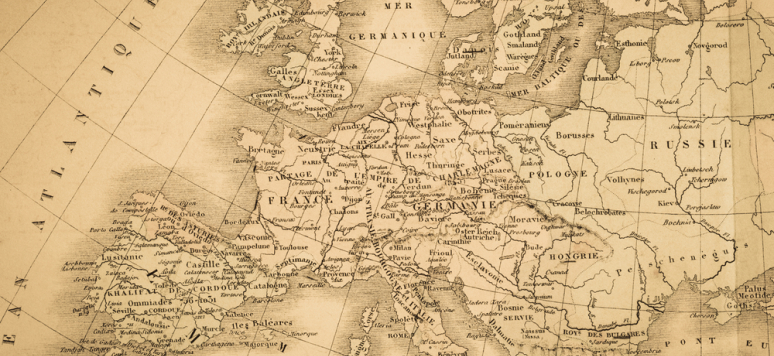Articles hors Ifri - Imagined Geographies of Central and Eastern Europe: The Concept of Intermarium IERES Occasional Papers, March 2019

Like the proverbial cat, some concepts have several lives. Or, like the mythological phoenix, they can be reborn from the ashes. This is certainly the case of the Intermarium, a geopolitical concept that envisaged an alliance of countries reaching from the Baltic Sea over the Black Sea to the Aegean Sea that would serve as a third power bloc between Germany and Russia.
The Intermarium belongs to the long genealogy of geopolitical concepts looking for and promoting a Central and Eastern European unity: sandwiched between a Mitteleuropa under German leadership in the nineteenth century and a Near Abroad under Moscow’s supervision after 1991, the “middle of Europe” or the “land between the seas” has been searching for historical models in everything from the Jagellonian dynasty and the Polish-Lithuanian Rzeczpospolita to the Austro-Hungarian empire. Launched by Polish state leader Józef Piłsudski in the 1920s, the idea of a Międzymorze (the Land between the Seas, latinized as Intermarium) has since been regularly revived in evolving contexts and finds itself reactivated today. In its current form, it refers to the Central and Eastern “new Europe” dear to George Bush, Donald Rumsfeld and now Donald Trump, celebrated for being more pro-Atlanticist than the Western “old Europe,” which is seen as being too conciliatory with Russia. The Intermarium has also, gradually, come to comprise a conservative Central and Eastern Europe that sees itself as the “other” Europe—that is, opposed to the European Union—and advances a conservative agenda sometimes permeable, as we see in the Ukrainian case, to far-right ideological schemes.
